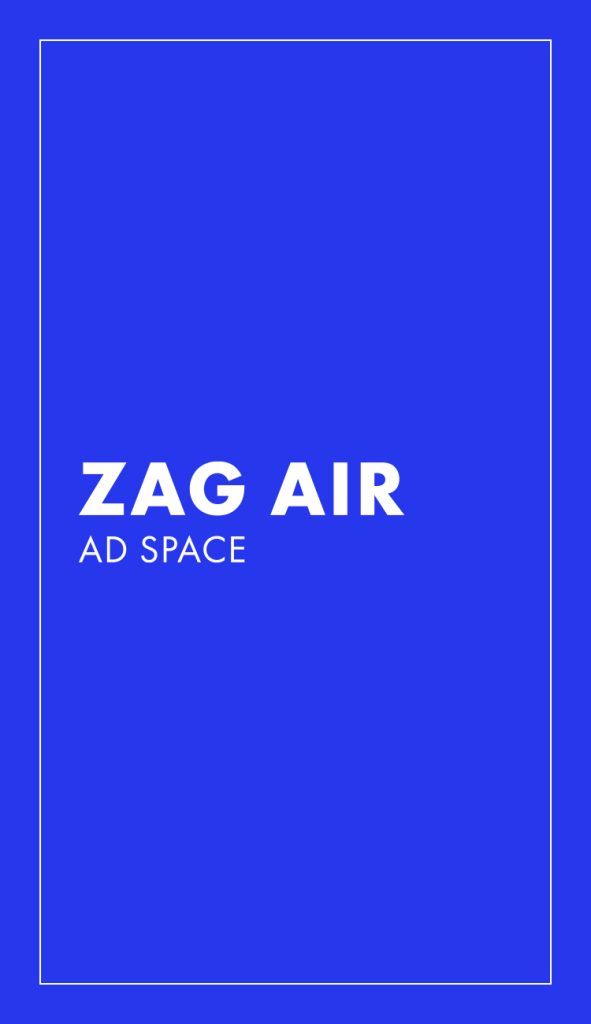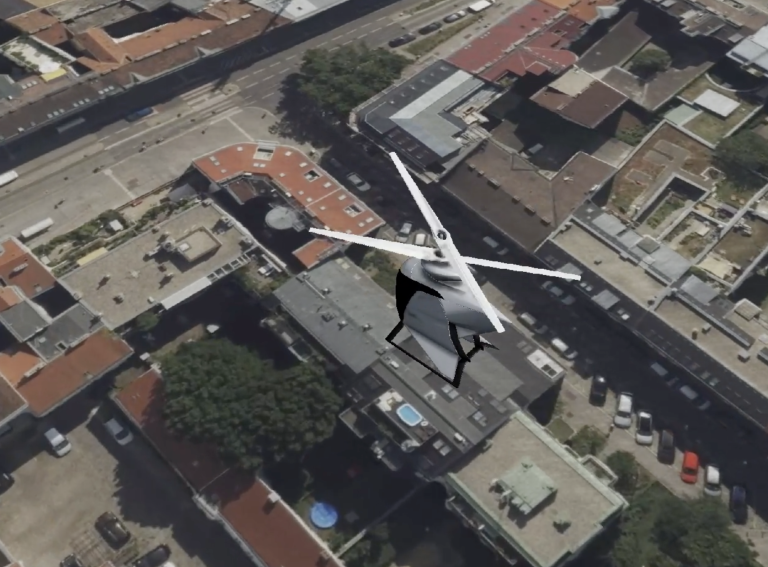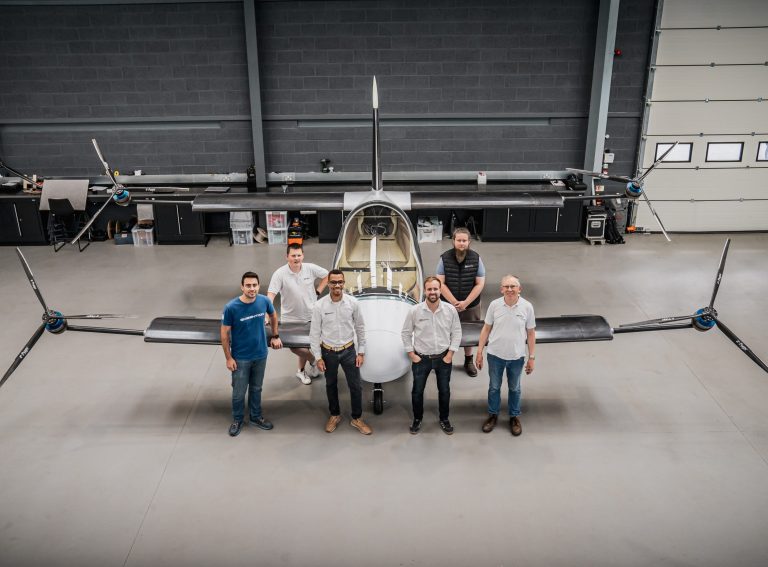The Federal Aviation Administration (FAA) has been applauded for introducing a new rule for “powered-lift” aircraft, marking a significant regulatory step for the advanced air mobility (AAM) industry.
Its Special Federal Aviation Regulation (SFAR) sets the groundwork for the safe operation of powered-lift vehicles and lays out the qualifications and training that instructors and pilots must have to fly these aircrafts.
Powered-lift aircraft, which combines characteristics of both aeroplanes and helicopters, marks the first new category of civil aircraft since helicopters were introduced 80 years ago.
“By outlining a clear framework for pilot certification and operational requirements in powered-lift aircraft, the FAA has set a robust precedent for the integration of eVTOL aircrafts,” AAM Institute Senior Adviser Amin Vafadar told Zag Daily.
“This SFAR not only accelerates the path to commercial eVTOL operations but also bridges the regulatory gap between traditional rotorcraft and next-generation electric-powered aircraft. The AAM Institute applauds the FAA’s collaboration with industry stakeholders to ensure these pioneering electric aircraft meet the highest safety and operational standards.”
Powered-lift vehicles are designed for vertical takeoff and landing, like helicopters, but are capable of cruising efficiently like aeroplanes. The FAA’s rules for the powered-lift category are expected to support various applications, including air taxis, cargo transportation, and emergency services.
Billy Nolen, Chief Regulatory officer of California-based eVTOL manufacturer Archer Aviation has announced the team is “very pleased” with the outcome of the SFAR, noting it comes ahead of schedule. He said the SFAR “solidifies” Archer’s path to market and gives clear direction on how to safely operate eVTOLs in the US.
The team shared its key takeaways on three areas of the SFAR: Dual Controls, Fuel Reserves and Cross Country Requirement.
For Dual Controls, Archer says the final version of the SFAR enables the OEM to use flight simulator technology as part of its pilot training and qualification programme. Regarding Fuel Reserves, Archer credits the SFAR for allowing it to take advantage of certain helicopter operating rules, and the Cross Country Requirement is said to fit in with the capabilities of most eVTOL aircrafts.
Days after the FAA published its new rule, US eVTOL manufacturer Joby Aviation announced it’s hosting aviation regulators from around the world for a week-long session on “technology familiarisation”, as part of international certification efforts.
FAA Administrator Mike Whitaker highlighted the importance of the new rule in a statement, saying: “This is a really exciting moment to announce this new rule. This rule creates the operational system for advanced air mobility. It allows operating rules and training rules to take effect for these new aircraft that you’re seeing here.” He further explained that the rule is performance-based, addressing key aspects such as minimum altitudes, fuel reserves and pilot training.
The FAA’s framework adopts a flexible, performance-driven approach to certification, with standards tailored to the size and complexity of powered-lift aircraft. This allows for the application of existing aviation infrastructure, such as helipads and air traffic control systems, to accommodate the new vehicles as they are gradually integrated into urban airspaces.
Whitaker emphasised that this new regulation represents the culmination of industry input and careful planning, noting that the SFAR will be in place for ten years, during which time the FAA will continue to collect data and make adjustments as needed. He stated, “It gives us a chance to look at the data, collect data, make adjustments as we go along.”
The FAA’s announcement follows years of collaborative efforts with NASA, industry stakeholders, and other government agencies. The rule also comes as the FAA continues to develop additional infrastructure and operational standards for the AAM sector, including future vertiports and dedicated air taxi corridors.




